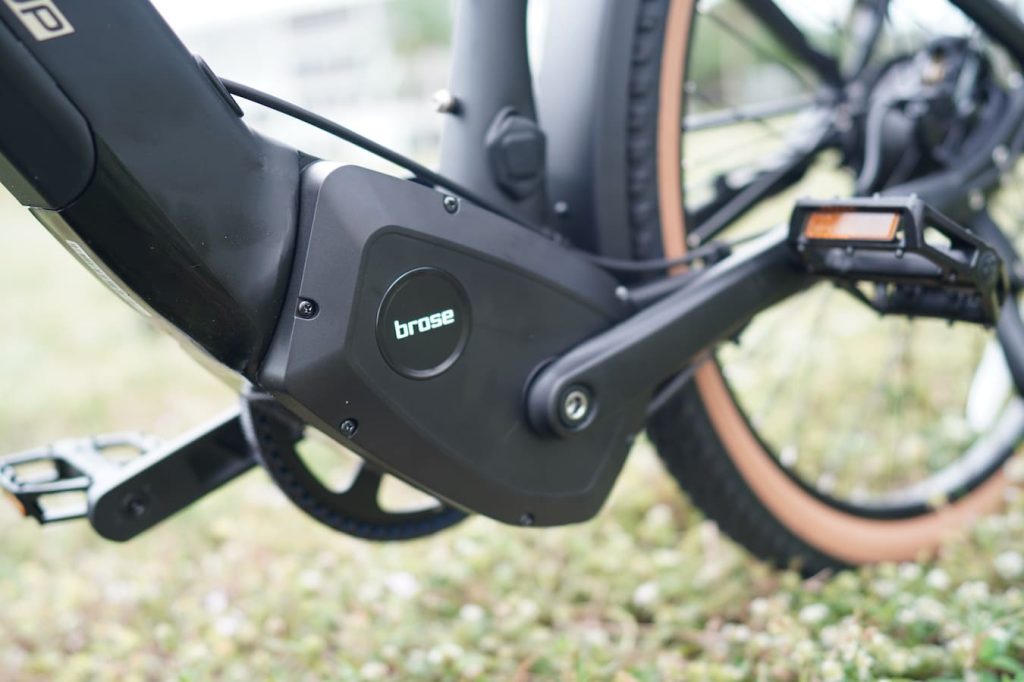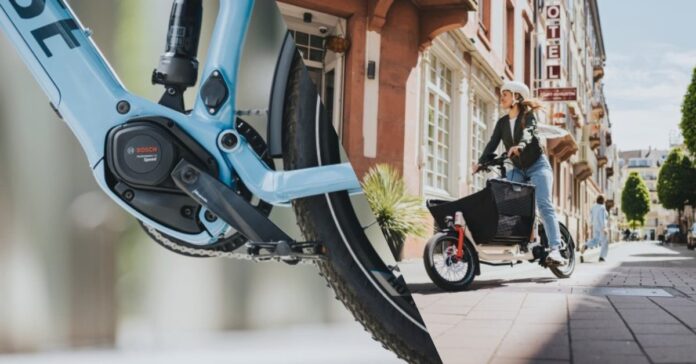The e-bike industry in the West has long been a tale of two territories. North Americans enjoy higher speeds and power limits for their electric bicycles while Europeans are held to much stricter (i.e. slower and lower) speed and power limits. However, things might change based on current discussions on rewriting European e-bike regulations.
New power levels are not totally without precedent, either. The UK briefly considered doubling its own e-bike power limit from 250 watts (approximately 1/3 horsepower) to 500 watts, though the move was ultimately abandoned.
But this time, the call for more power is coming from within the house – i.e., Germany. The Germans are the undisputed leaders and trend setters in the European e-bike market, accounting for around two million sales of e-bikes per year. Home to leading e-bike drive makers like Bosch, the country has yet another advantage when it comes to making – or regulating – waves in the industry.
And while there aren’t any pending law changes, the largest German trade organization ZIV (Zweirad-Industrie-Verband), which is highly influential in achieving such changes, is now discussing what it believes could be pertinent updates to current EU electric bike regulations.

Some of the new regulations involve creating rules maxing out power at levels such as 400% or 600% of the human pedaling input. But a key component of the proposed plan includes changing the present day power limit of e-bikes from 250W of continuous power at the motor to 750W of peak power at the drive wheel.
The difference includes some nuance, since continuous power is often considered more of a nominal figure, meaning nearly every e-bike motor in Europe wears a “250W” or less sticker despite often outputting a higher level of peak power. Even Bosch, which has to walk the tight and narrow as a leader in the European e-bike drive market, shared that its newest models of motors are capable of peak power ratings in the 600W level. That’s still far from the commonly 1,000W to 1,300W peak power seen in US e-bike motors, but offers a nice boost over an actual 250W motor.
Other new regulations up for discussion include proposals to limit fully-loaded cargo e-bike weights to either 250 kg (550 lb) for two-wheelers or 300 kg (660 lb) for e-bikes with more than two wheels. As road.cc explained, ZIV also noted that, “separate framework conditions and parameters must be defined for cargo bikes weighing more than 300 kg (see EN 17860-4:2025) as they differ significantly from EPACs and bicycles in their dynamics, design and operation.” Such heavy-duty cargo e-bikes, which often more closely resemble small delivery vans than large cargo bikes, are becoming more common in the industry and have raised concerns about cargo e-bike bloat, especially in dedicated cycling paths.
It’s too early to say whether European e-bike regulations will actually change, but the fact that key industry voices with the power to influence policy are openly advocating for it suggests that new rules for the European market are a real possibility.



